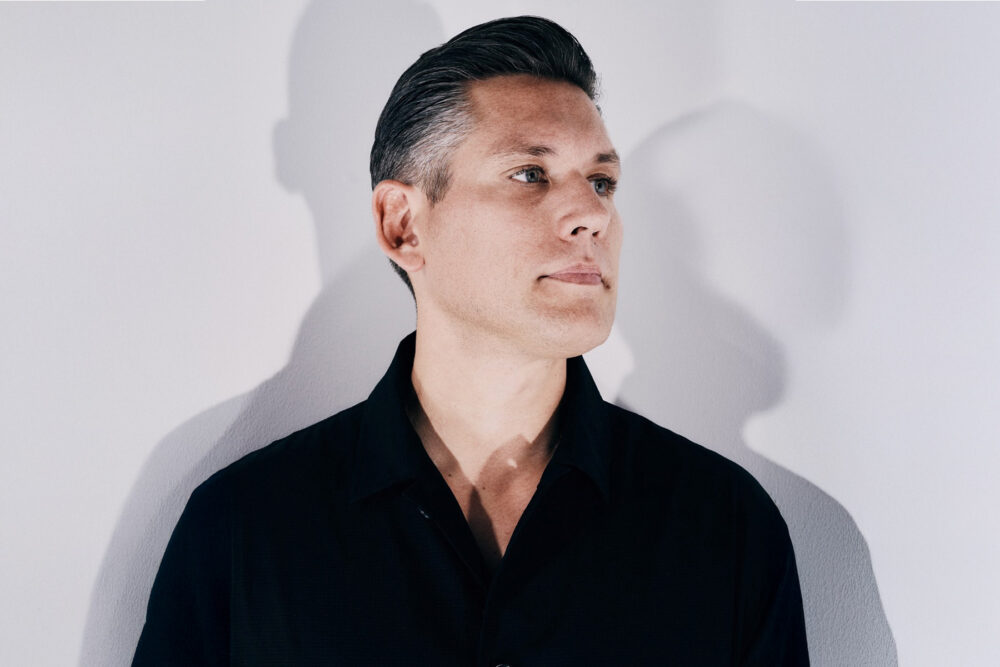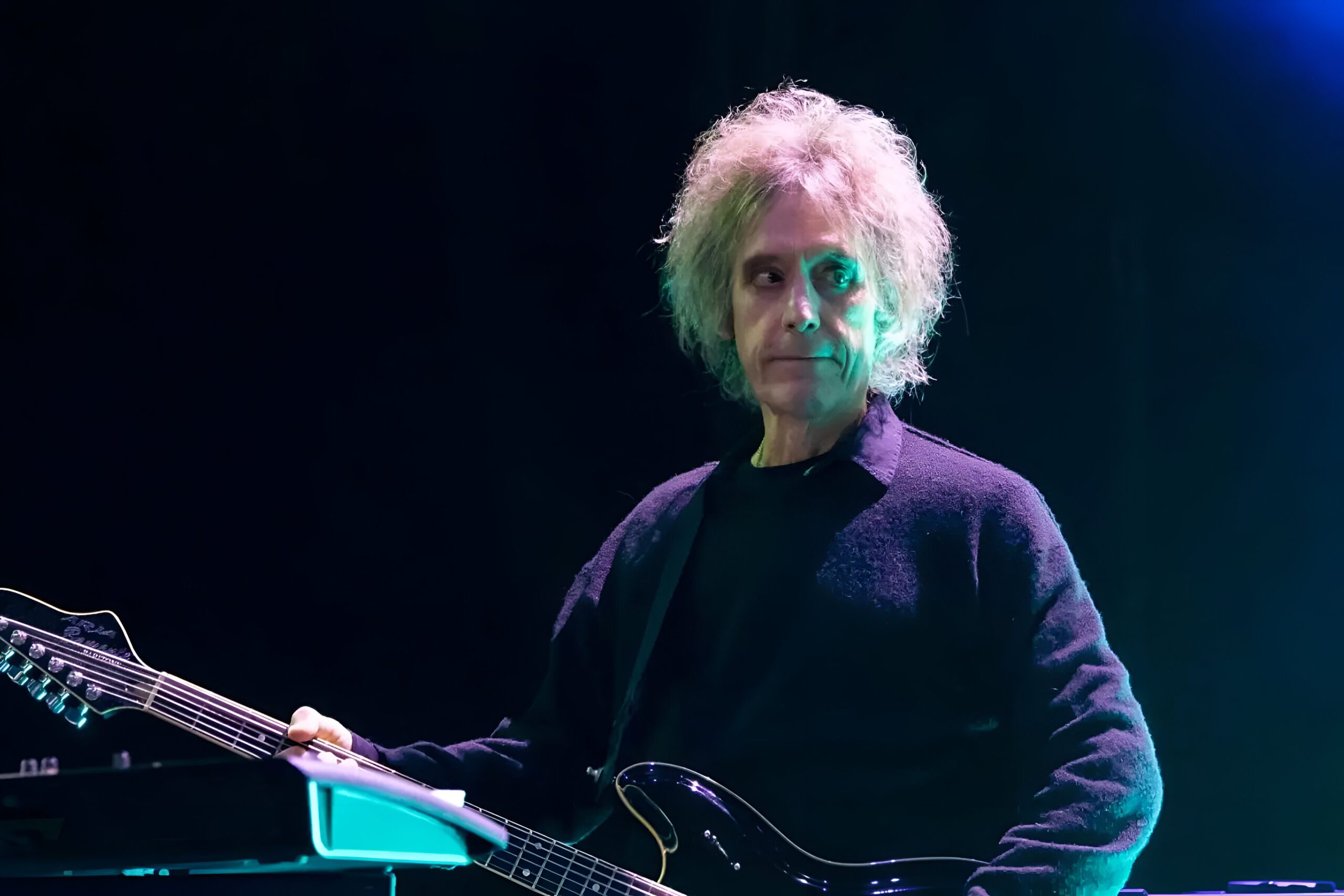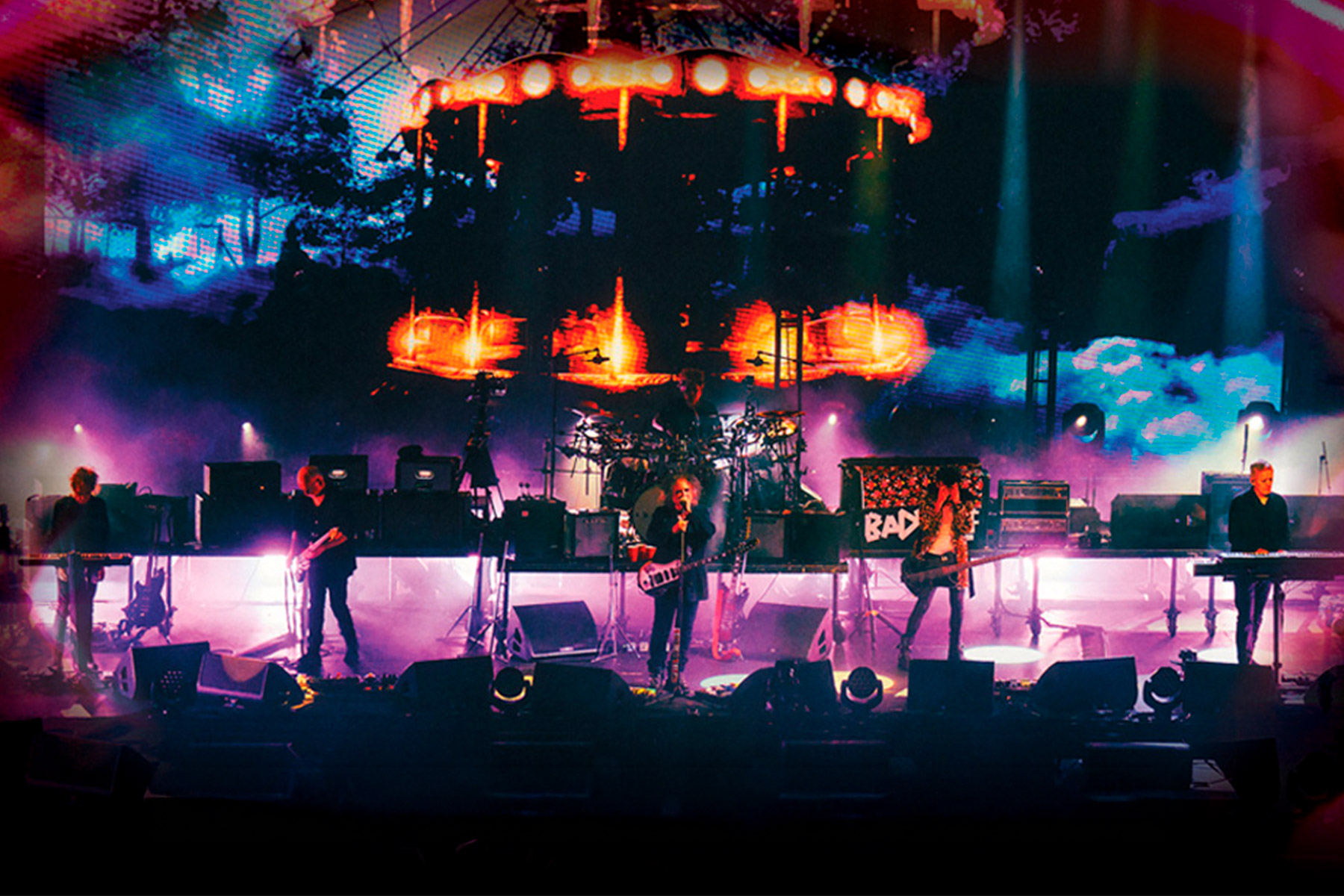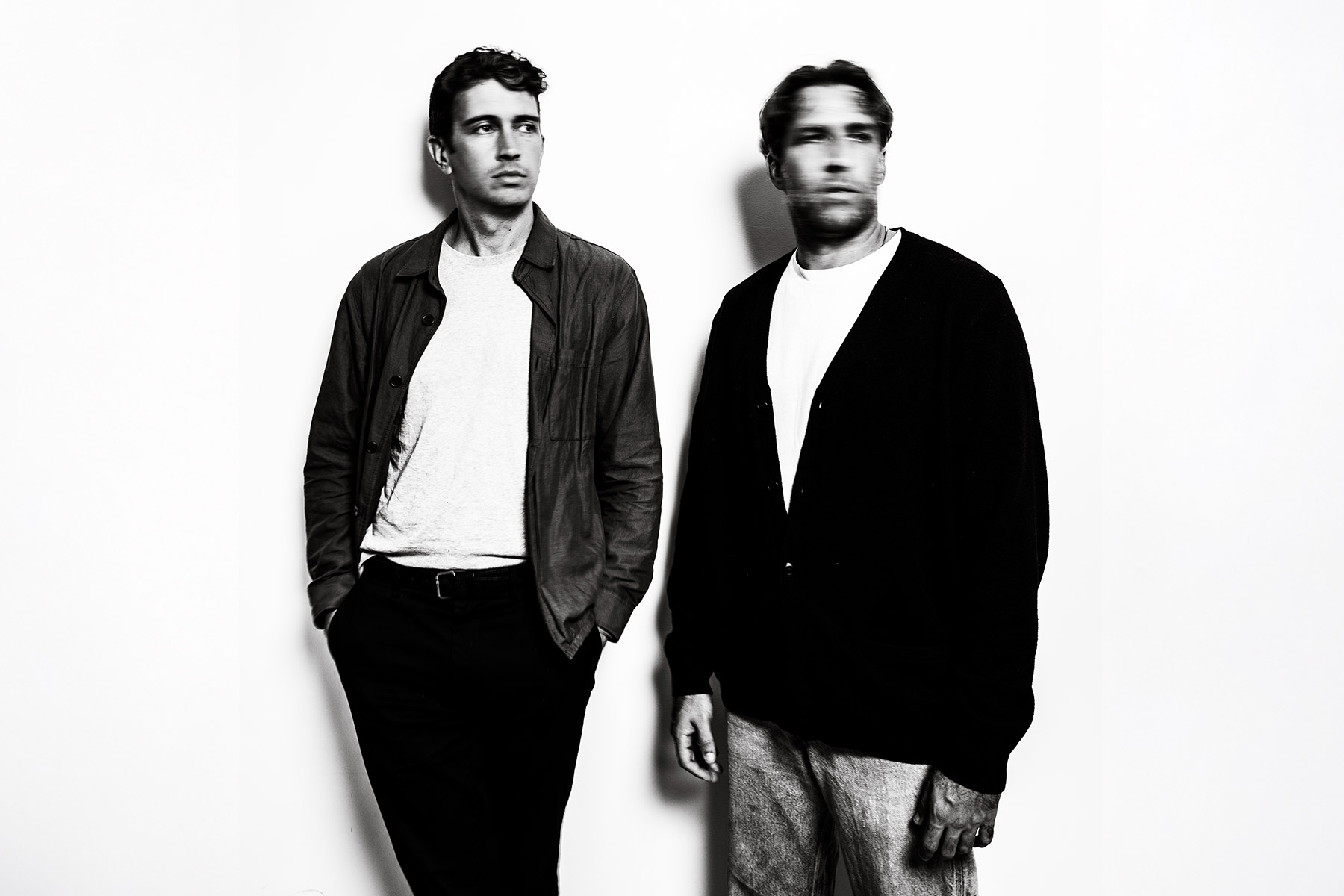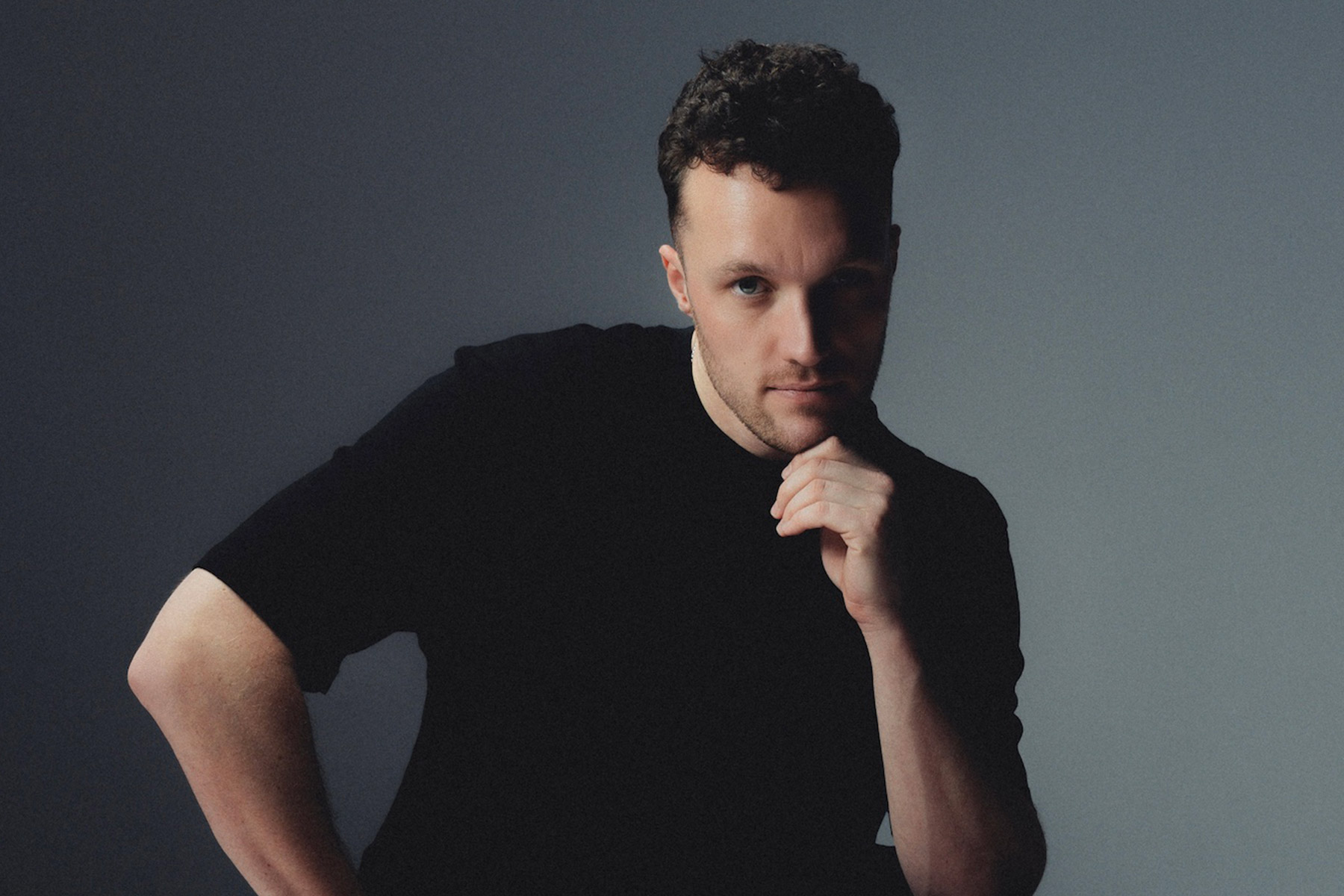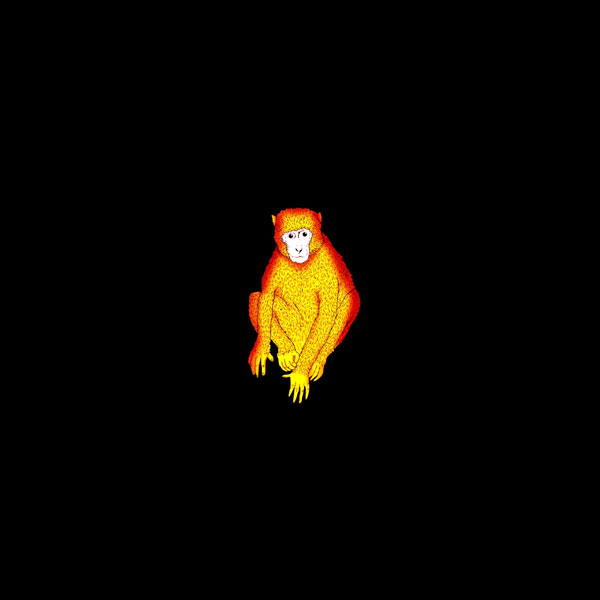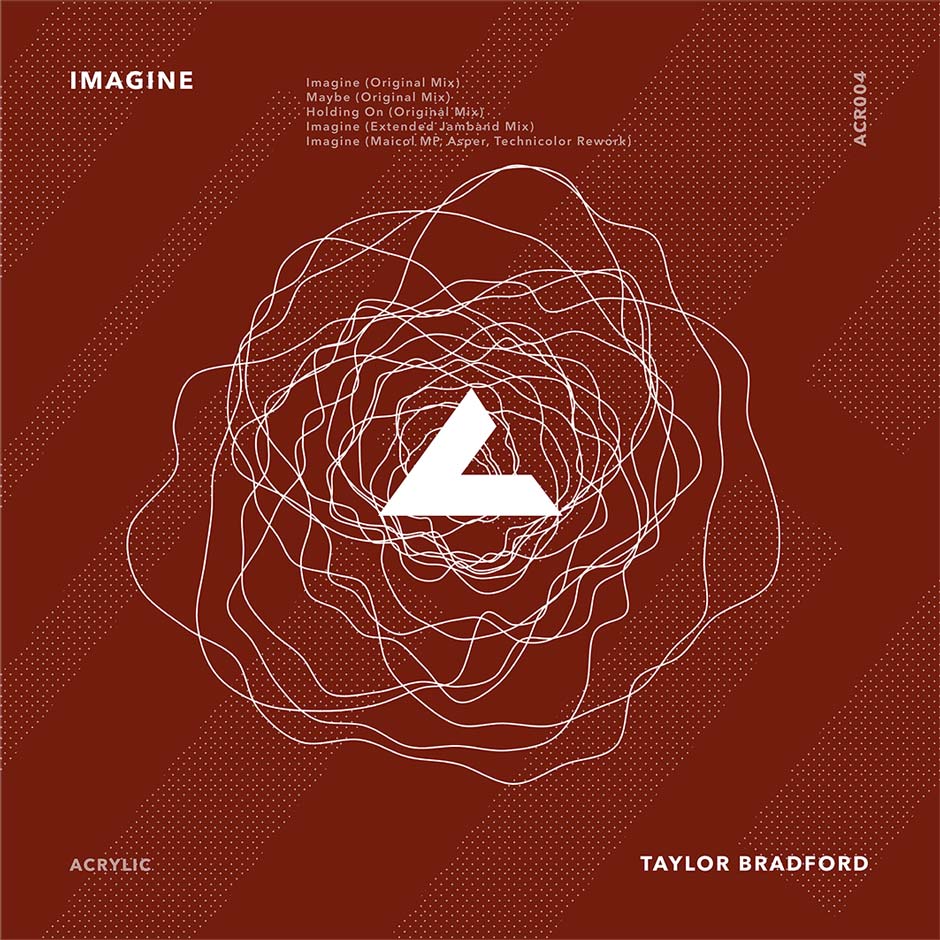Croatian-born and Danish-bred, Denis Horvat has earned a distinct place in the global electronic scene with an original sound palette spanning house, tech, and minimal.
Photo credit: Denis Horvat – Facebook
A regular on labels like Innervisions and Afterlife, he now continues to evolve with his own imprint, Vokabularium.
As he gears up for back-to-back California shows at San Francisco’s MadaRae and Los Angeles’ Koncept, Horvat shares his thoughts on crowd connection, studio simplicity, and navigating the balance between art and algorithm.
EG: Hey Denis, great to have you back on EG! Where in the world are we catching you today, and what’s running through your mind as the California weekender draws near?
Denis Horvat: Hey, I’m happy to be back with you! At this particular moment, I’m flying above the Atlantic Ocean, near Bermuda, on my way to Tulum, where I play my first show of my Mexico/US tour. So, I’m excited to return to California for another round with MadaRae and the Koncept organization. It’s always a good time there.
EG: Two nights in a row, MadaRae on July 25th, then Koncept LA on the 26th, let you thread one story across both shows. What feeling or journey do you hope dancers carry from San Francisco into Los Angeles?
Denis Horvat: Obviously I want to leave a nice footprint in both places. I’ve brought loads of new material to test out. So hopefully we’ll all have some enjoyable moments together.
EG: MadaRae offers “living-room proximity, stadium power,” while Koncept leans into raw warehouse energy. When rooms differ that much, do you rebuild your set from scratch or adapt a core framework on the fly?
Denis Horvat: These are two different environments. Of course, I’m always reading the crowd, but I always have an idea how I’m gonna introduce my set to the audience and slowly build the night. MadaRae is an intimate venue where you have a close connection to the audience. You’re pretty much part of the dance floor, which is amazing. Koncept offers a more dark and industrial vibe, which gives me the freedom to be more experimental.
EG: You’ll arrive to a relay of local back-to-backs before you play. If an opener drops something unexpected that electrifies the room, how ready are you to pivot your opening trajectory and reshape the arc of your first stretch?
Denis Horvat: I almost never adapt my set because of an opener. The openers should feel free to do their thing. My approach is easy, and I don’t want to start up too aggressively. During a 2-hour set, I have time to build my own waves.
EG: Your rig is famous for analog firepower. Which synth or drum machine is non-negotiable for this trip, and how will it stamp a defining sonic motif on each set?
Denis Horvat: I do love big synths and stab chords, usually coming from my OB6 or my classic ARP Odyssey. But I have downscaled a bit with the noisy elements, both in my own productions and my track selections, going with simplicity and groovy bits. I guess we’ll have a little from every corner.
“From my perspective, a nice chord hook or progression is all you need”
EG: You once said electronic music risks becoming “really boring” without a catchy element. In practice, how do you balance a memorable hook against the hypnotic repetition that techno thrives on?
Denis Horvat: That’s true, even though simple beats and loops can catch my attention now and then. From my perspective, a nice chord hook or progression is all you need. Or a vocal phrase that you’ll be repeating for months or even years to come.
EG: Looking back, what unexpected piece of wisdom, musical, philosophical, or even mundane, changed the way you approach a dance floor?
Denis Horvat: Through the years, I’ve learned that reading the crowd is the best thing you have in your toolbox. The scene is constantly changing, and you have to be open-minded at all times. I think that would be my piece of wisdom to a newcomer.
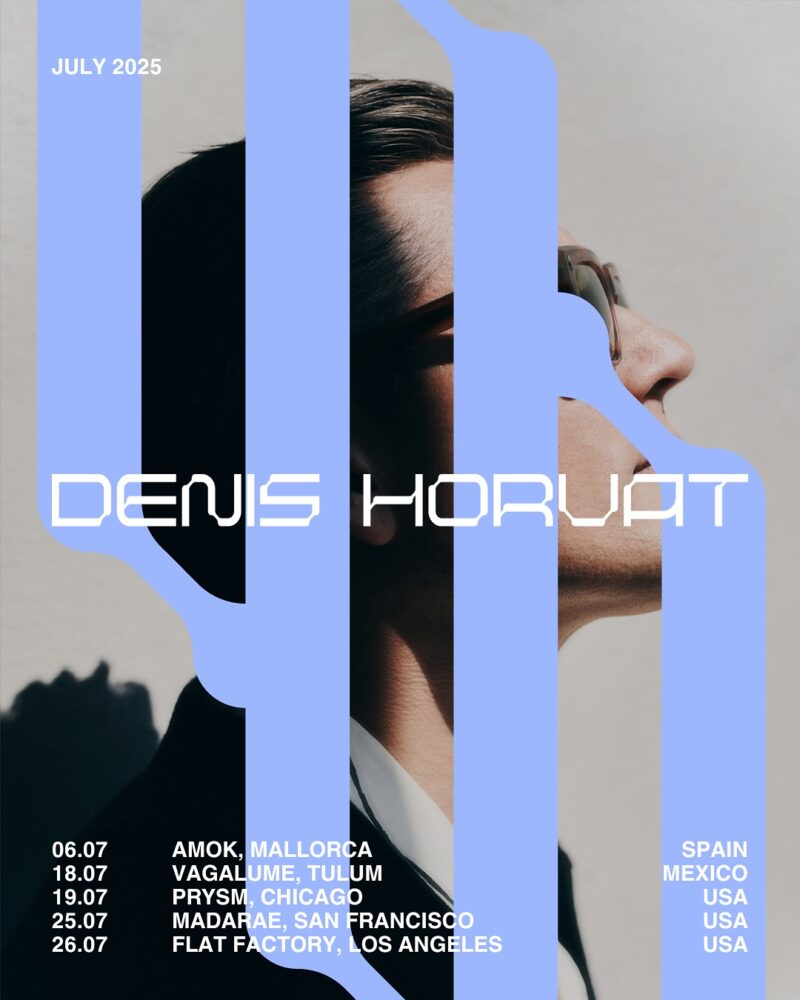
EG: Dance culture now lives in two timelines: the room itself and the 15-second social feed that follows. How do you design a set so both the dancers and the algorithms walk away satisfied?
Denis Horvat: You obviously want your audience to have a great time. The 15 seconds of social feed have never come to my mind while going to the booth or during my set. I think people should enjoy the moment, not catch it on their phones. It’s ok to capture a vibe now and then, but I’d say kick back, have patience, and enjoy.
EG: Long-time EG listeners still replay your earlier podcasts. Should we watch for a refreshed classic, or a brand-new ID, during these California shows?
Denis Horvat: There are definitely many new IDs, both originals and remixes. My team and I are discussing some ideas around re-defining my old record—but that’s still in progress.
“I’m always reading the crowd, but I always have an idea how I’m gonna introduce my set to the audience and slowly build the night”
EG: Summer touring means sunrise flights and shifting time zones. What small daily ritual keeps your creativity sharp between gates?
Denis Horvat: I think my rituals and routines are quite normal. I try to rest whenever I can and be active between destinations. Sleep is essential, of course, to keep my mind fresh and clear.
EG: Without giving too much away, which unreleased track or collaboration are you most excited to road-test on July 25 and 26, and what reaction are you hoping for?
Denis Horvat: I made a track in collaboration with a London-based artist. It’s a part of a project that’ll be released in 2026. I’m really in love with this tune, and so far it’s been making big waves on the dance floors.
EG: Thanks for your time, Denis! Any final shout-out for the West Coast faithful grabbing their last-minute tickets and tables?
Denis Horvat: Go get involved—we’ll have a lot of fun!
Denis Horvat will be performing at San Francisco’s Madarae on July 25th– grab your tickets here-, and Los Angeles’ Koncept on July 26th– grab your tickets here.
Follow Denis Horvat: Spotify | Soundcloud | Instagram | Facebook


